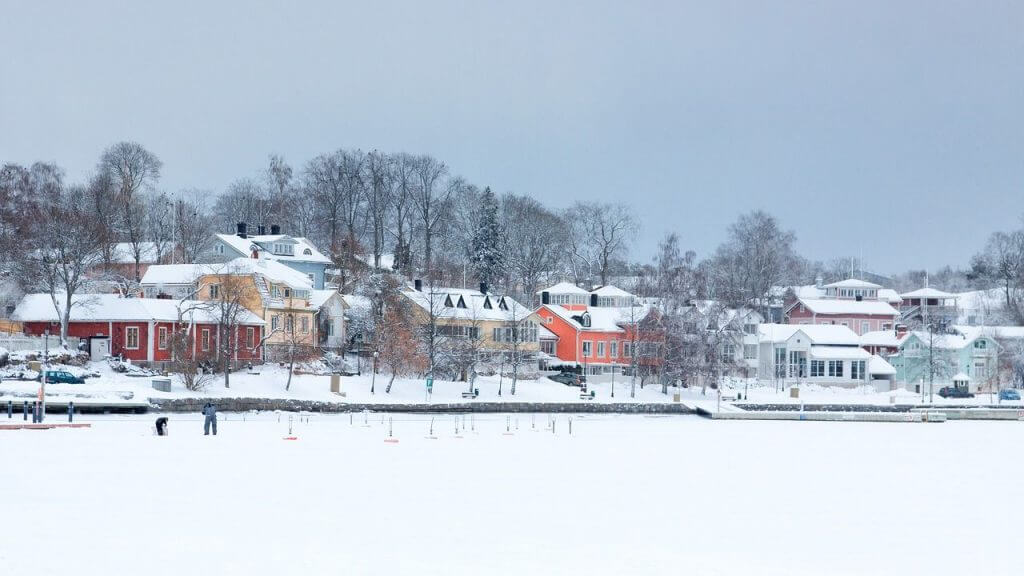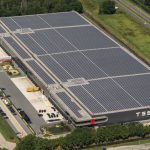Researchers based at Finland’s Aalto University have found that over 80 percent of the heating energy needed by Finnish homes can be generated using solar energy. Because the cost of heating energy acquired from solar heating systems required to be comparable to that of other commonly-used heating methods, calculations are done by researchers indicated that renewable energy could be used to cater for 53 to 81 percent of yearly domestic heating usage- depending on the method of technical implementation.
Hassam ur Rehman, one of the researchers, and a doctoral student at Aalto University said the result, theoretically, is also valid for Norway, Sweden and other countries that are located on similar latitudes. But he added that local conditions can have certain effects on the results.
The researchers computed the quantity of solar heat that was acquired for heating the homes when surplus energy was stored in order to be used during cold spells. They calculated the quantity of heat gotten for practical use when the energy for heating was collected via solar heating and the heat collected was reserved for use in the cold seasons. As they did their calculations, they examined the usage of tanks that are positioned above the ground surface for temporary heat storage and a borehole storage that is suitable for seasonal heat storage. The outcome depended on the method applied to combine the usage of heat pumps, borehole storage, and water storage tanks.
The research study proposed three different configurations of community-based solar heating systems for cold climate. The first one entailed connecting a heat pump to two parallel tanks with a borehole storage charged by heated water from solar collectors. In the second proposed configuration, a heated pump is connected between a pair of tanks and utilizes a charged borehole storage to charge the tank with the lower temperature directly. In the third one, two heat pumps are placed in series-one in the middle of the tanks and the other one between the ground and the lower temperature tank.
The process of heating up buildings is one of the biggest sources of carbon dioxide (CO2) emissions in the European countries, comprising of 40 per cent of the total energy consumption.
According to Professor Kai Sirén of Aalto University, over 80 percent of the energy consumed by households in Finland goes to the heating of water and buildings. Solar energy provides economically viable solutions for energy collection for this purpose, and for lowering carbon dioxide emissions particularly in the southern part of Finland where most of the people live.
Already, the reduction in costs has made solar energy a feasible energy alternative in the Nordic region as well. For instance, solar energy usage for heat production in various districts in Denmark has increased rapidly.
Siren believes that it is crucial to keep on researching, but this will need analysis results on a system that is developed and implemented in Finland.
Siren advises us that the computed result on such a system will factor in any kind of uncertainty, even when the system’s initial values have undergone a thorough selection process and the simulations are done accurately.
If you are wanting to slash your bills by at least 50 percent, give Solar 360 a call. We’ll answer all of your questions and get you started down the road to solar power freedom.









